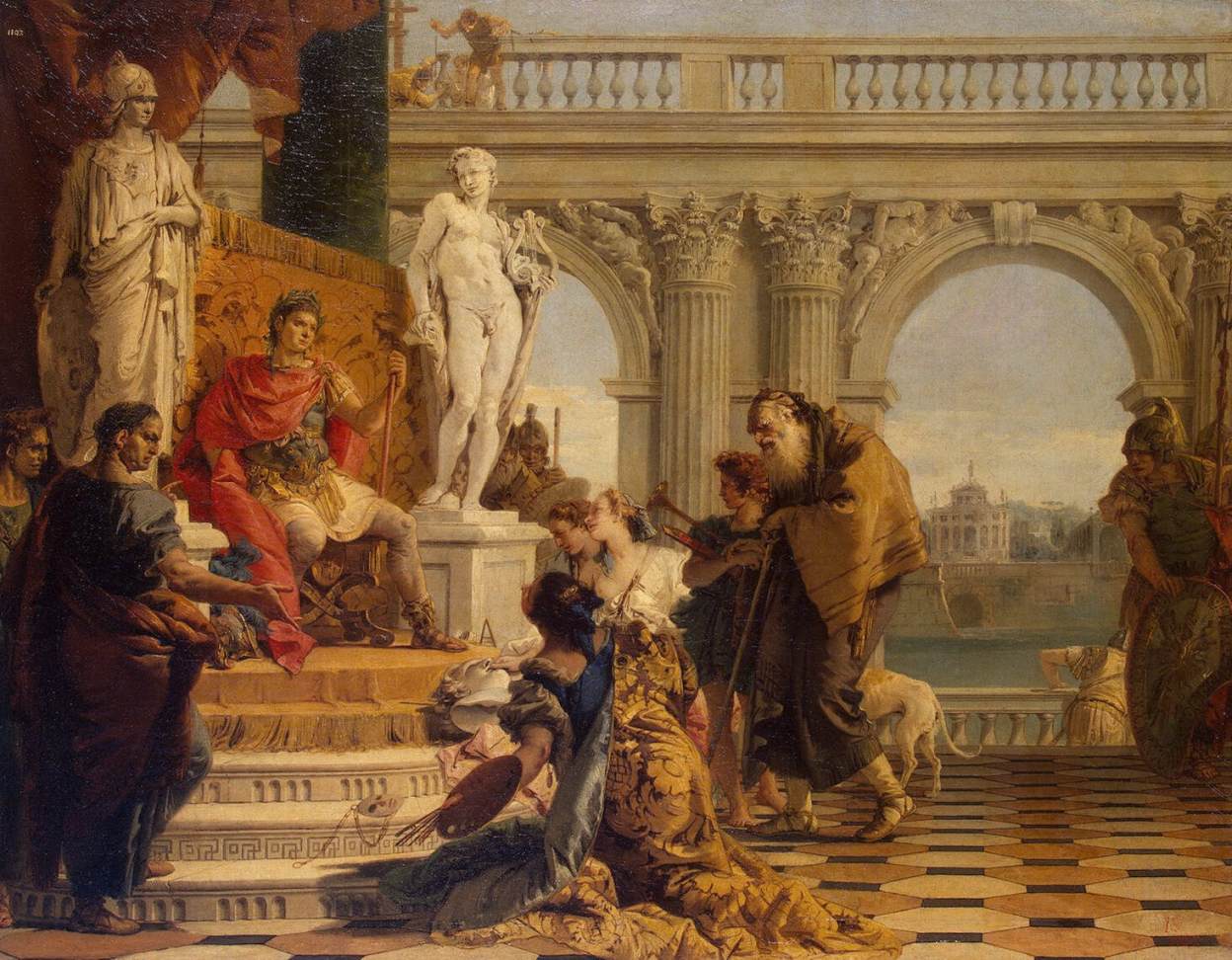
Since the Middle Ages, art has been supported by sponsors and patrons. The same as today artists signed contracts indicated the amount of payment for the artist's work, time and materials. However, wealthy individuals and institutions often extended this patronage to provide ongoing financial support. Despite the changing role of the artist, we can still find many parallels between the patronage of the past and the present.

During the Renaissance, the artist was often provided with housing as a kind of professional "on call". An artist was considered a genius who needed support to create his unique visions. For example, Lorenzo de' Medici (Florence, 15th century), whom Machiavelli once called "the greatest patron of literature and art that ever existed." During his relatively short life, he financed the careers of internationally renowned artists such as Leonardo da Vinci, Sandro Botticelli and Michelangelo. And in more recent times, the heiress of the wealthy entrepreneur Peggy Guggenheim became the patroness of the avant-garde from the 1930s until her death in 1979, supporting such modern masters as Jackson Pollock and Max Ernst.

Peggy Guggenheim
There are many reasons why a person or organization may decide to support an artist, including social status and financial gain. In the past many artists were funded by the church and the monarchy because of their power and wealth. It’s extremely unlikely that the average person could become an artist without the influence of the institutions behind him. However, working for these influential clients often had its setbacks. There was an expectation that their own artistic feelings would be discarded in favour of the needs of patron. Although in many cases, since the support of the patron strengthened the reputation of the artist, encouraging others to make orders, creative freedom could eventually be gained.
Since the church is no longer in the foreground, in many countries governments and corporations have assumed the role of the main patrons of 21st century art. For example Britain, where millions of pounds are awarded to artists every year through grants so that they "support, develop and invest in artistic and cultural experiences that enrich people's lives." Grants are still allocated to support the completion of individual projects, but there are also funds to help artists and groups organically develop their practice.
Although government support is not the only option, over the past 50 years patronage has also appeared at the art market, and today collectors have more power than ever before. Like the patrons of the old Renaissance school, collectors have the opportunity to make an artist world famous. It’s known, for example, that Charles Saatchi was responsible for the rise of young British artists in the 1990s, launching the careers of now famous names such as Damien Hirst and Tracey Emin.

Charles Saatchi
Can we say that the art of our contemporaries and their predecessors has lost depth due to the influence of money? It’s very unlikely, because the popularity of the artists doesn’t play such an important role in the estimation of art.